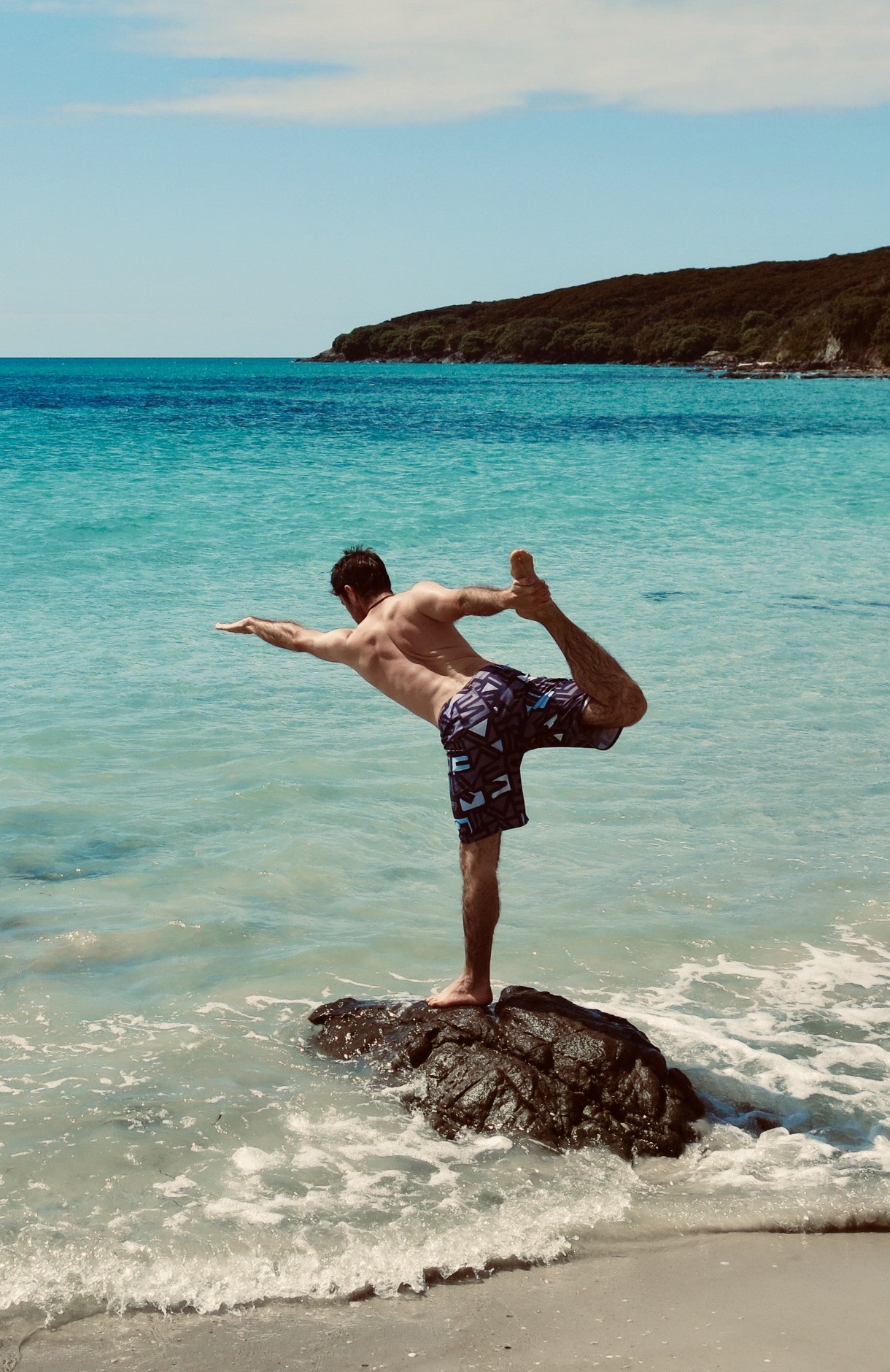How Often Do We Truly Challenge Our Bodies?
How much of our natural movement capacity do we actually use each day? How often do we squat, lunge, hip hinge, or move our shoulders through their full range of motion? In today’s world, our environment has become increasingly unnatural for the human body to thrive in. The average person now sits for over 10 hours a day – a reality that takes a serious toll on our health.
So how do we reverse these effects? One powerful solution is adopting a daily movement practice. Not only does this improve joint and muscle health, but it also introduces a meditative, grounding element to your day, helping you reconnect with your body’s natural function.
What Is a Movement Practice?
When people hear the term movement practice, they often think of yoga and extreme flexibility. While yoga plays a role, a true movement practice goes far beyond that.
If you’ve experienced any of the Movement Project routines, you’ll recognise elements of yoga – but also a strong emphasis on building strength, endurance, and stability through fundamental movement patterns. A well-rounded practice should:
- Challenge joint and muscular range of motion
- Develop strength and postural stability
- Incorporate mindfulness and breath control
- Encourage diaphragmatic breathing for nervous system regulation
By combining these components, you create a comprehensive approach to restoring and optimizing natural human movement.
How Often Should You Practice?
For long-term health and performance, some form of daily movement is ideal – whether it’s a full 30-minute routine, a targeted mobility session, or a short 10–15 minute breath work practice. Regular movement reduces injury risk and supports a pain free, active life.
In fact, considering how long we sit each day, even 30 minutes may not be enough. When we observe traditional cultures – where people squat to cook, to use the toilet, or rest, and maintain an active, ground-based lifestyle – we see far lower rates of musculoskeletal pain. Why? Because they use their bodies in the way they were designed to function – every single day.
You can start small:
- Take a deep squat every 30 minutes during work breaks
- Do a lunge while waiting for your coffee to brew
- Stand on one leg while brushing your teeth
Incorporating simple movements frequently retrains the body and reinforces good movement patterns over time.
Final Thoughts
In my clinical work, I’ve seen the consequences of neglecting movement – clients reaching retirement unable to enjoy sport or activities they’d looked forward to for years. This is, in my view, a tragedy – one we can often prevent.
Yes, life is busy, and it’s easy to say there’s no time. But the truth is, we can’t afford not to move.
The Movement Project offers a range of routines designed to help you move well. Start small – just three short routines per week – and build from there. Over time, you’ll experience improved joint and muscle health, better mental clarity, and enhanced performance both on and off the field.

